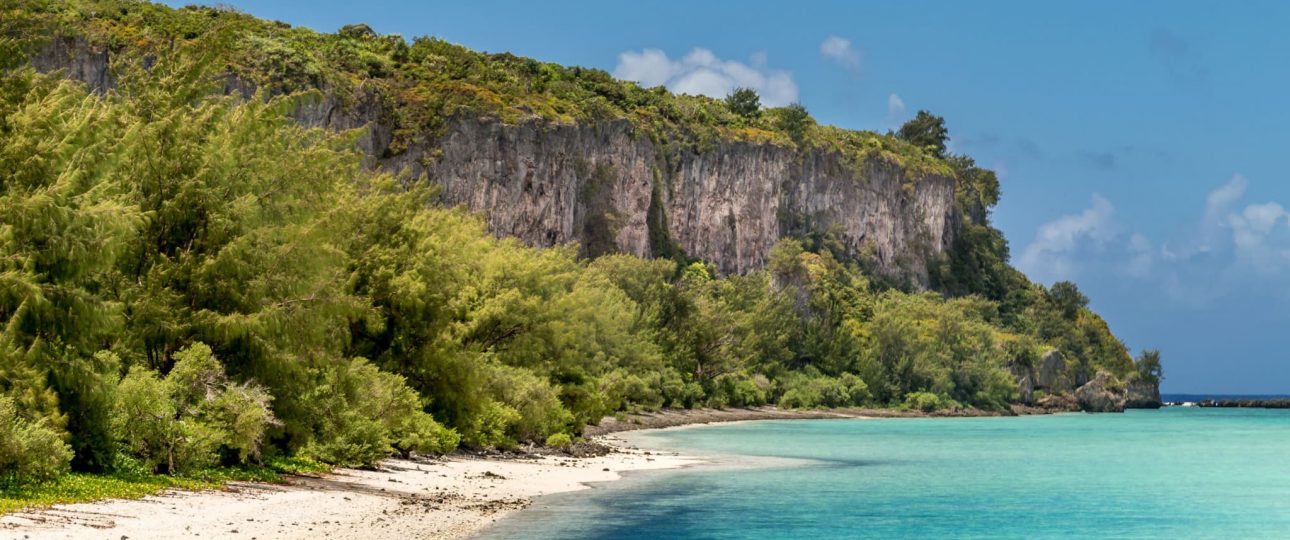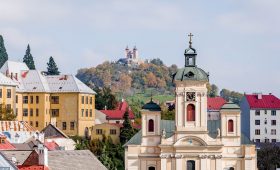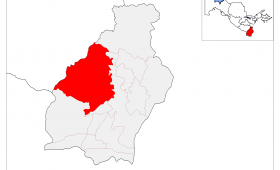Rota: The Friendly Island of the Northern Mariana Islands
Introduction
Rota, known as Luta in Chamorro, is often referred to as the “Friendly Island.” It is the southernmost island of the United States Commonwealth of the Northern Mariana Islands (CNMI) and the third southernmost in the Marianas Archipelago. This serene island offers a unique blend of natural beauty, rich history, and cultural heritage, making it an ideal destination for travelers seeking a peaceful retreat.
Geography
Rota is approximately 12.3 miles (19.8 km) long and 4.2 miles (6.8 km) wide, with a coastline stretching about 38 miles (61 km). The island’s highest point is Mount Sabana, which rises to 1,625.9 feet (495.56 meters). Rota is situated about 47 nautical miles (87 km) north of Guam, 63 nautical miles (117 km) south of Tinian, and 73 nautical miles (135 km) south of Saipan. The largest village on the island is Sinapalo, followed by Songsong.
Ecology
Rota boasts a diverse ecosystem, home to several endemic and endangered species. Notable among them are the Rota white-eye, Mariana crow, and Mariana fruit bat. The island’s native forests have been recognized as an Important Bird Area (IBA) by BirdLife International. Rota is also home to five plant species endemic to the island, including the critically endangered Osmoxylon mariannense and the endangered Nesogenes rotensis. Four wildlife conservation areas have been established to protect these unique species: the Mariana Crow Conservation Area, Sabana Protected Area, I’Chenchon Park Wildlife Conservation Area, and Liyo Conservation Area.
Transportation
Rota International Airport serves the island, offering commuter flights to nearby islands. While direct flights to Rota are limited, travelers can reach the island via Guam’s Antonio B. Won Pat International Airport, which connects to major cities like Tokyo, Seoul, and Manila. Rota also has two harbors, with the western one completed in 1985, facilitating maritime access.
Best Time to Visit
The ideal time to visit Rota is during the dry season, from December to June, when the weather is warm and sunny, perfect for outdoor activities. The wet season, from July to November, can bring occasional typhoons, so checking weather forecasts and travel advisories is recommended before planning your trip.
Unique Attractions
Suicide Cliff
Suicide Cliff is a site of historical significance from World War II, serving as a memorial to those who lost their lives during the intense battles. Visitors can enjoy panoramic views of the Pacific Ocean from this poignant and scenic location.
Taga Beach
Taga Beach is renowned for its white sand and clear waters, making it a favorite spot for snorkeling and diving. The vibrant coral reefs and marine life offer an underwater spectacle. The beach is also famous for its breathtaking sunsets, providing a serene setting for evening walks.
As Nieves Latte Stone Quarry
The As Nieves Latte Stone Quarry is a testament to the island’s cultural heritage. The ancient latte stones found here were used as foundations for traditional Chamorro houses. These stone pillars are unique to the Mariana Islands and hold significant cultural importance.
Local Transportation
Exploring Rota is convenient with several transportation options. Renting a car is recommended for flexibility, with various agencies offering vehicles to suit different needs. For a more eco-friendly approach, bicycles can be rented at select locations, allowing visitors to enjoy the island’s natural beauty at a leisurely pace. Taxis are available for shorter distances, but it’s advisable to plan transportation in advance due to limited services.
Summary of Facts
- Rota is part of the Northern Mariana Islands, located about 47 nautical miles north of Guam.
- The most reliable way to reach Rota is by flying from Guam.
- The dry season from December to June is the best time to visit.
- Key attractions include Suicide Cliff, Taga Beach, and the As Nieves Latte Stone Quarry.
- Transportation options include car rentals, bicycles, and taxis, though planning ahead is recommended.




